Welcome to LivingPianos.com, I’m Robert Estrin. Today we’ll explore the fascinating world of non-chord tones and how they can enrich your musical compositions. If you’ve ever attempted a harmonic analysis of your music—essentially identifying the chords that underpin your pieces—you might have encountered some challenges. I’m here to guide you through these obstacles and show you how to successfully analyze harmonies to deepen your understanding of your music’s structure.
Understanding Harmonic Analysis
To begin, let’s discuss the fundamentals of harmonic analysis. In Western harmony, most music is built around chords formed from intervals of thirds. This means that every other note in a scale contributes to the construction of chords. For example, in a C major triad, we have the notes C, E, and G. Sometimes, chords can be inverted, which can create confusion when trying to identify the root note. If you encounter a C major chord with the C note on top, simply rearranging the notes will reveal the root by putting C on the bottom. This arranges the notes in thirds with every other letter of the alphabet. On the staff, chords in root position will be on all lines or all spaces.
Identifying Non-Chord Tones
However, you may find notes that don’t seem to belong to the chord; these are known as non-chord tones. In more advanced harmonies, especially those from the 20th century, such as those by Debussy, Ravel, and various jazz composers, any note can potentially function as part of a chord, adding complexity and depth to the music. For instance, a 13th chord in C could include all the notes from the C major scale, demonstrating just how expansive chord structures can be. But if your focus is on the classical composers—from Bach and Mozart, to Tchaikovsky—the techniques I’ll share will be particularly relevant.
Exploring Types of Non-Chord Tones
Let’s delve into several types of non-chord tones, each contributing to the music’s beauty and tension.
Passing Tones
Passing tones are approached by step and resolved by step in the same direction. For example, in a C major chord, the note D does not belong but creates a smooth transition between C and E, enhancing the harmonic movement.
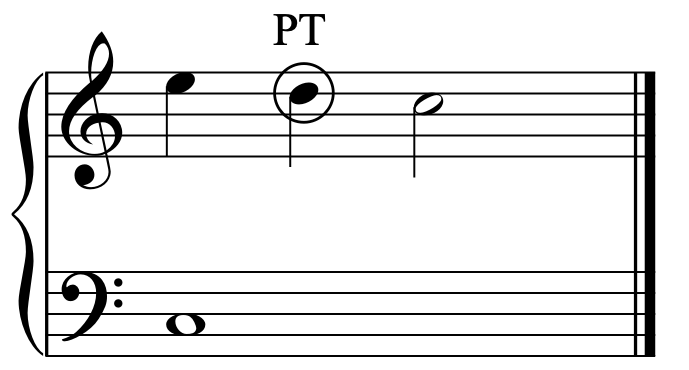
Neighbor Tones
Neighbor tones are similar; they are approached by step and resolved by step in the opposite direction. For example, if you have a C major chord, the note F would serve as a neighbor tone, returning to the tone of the chord afterward.
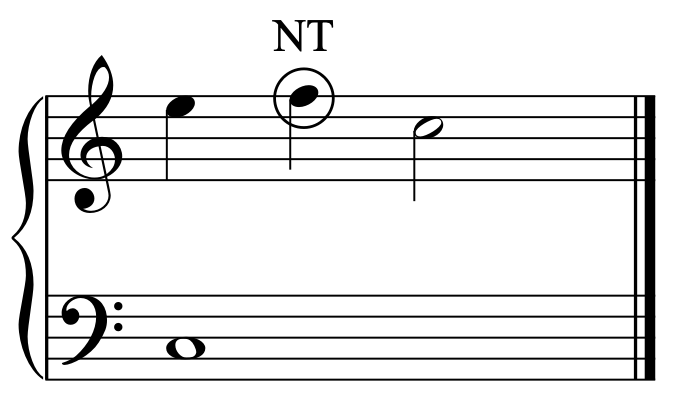
Suspensions
Suspensions are approached by the same note and resolved downward by step. For instance, starting with an F major triad and adding a C note that doesn’t belong creates tension, which resolves beautifully to B, and ultimately to C major.
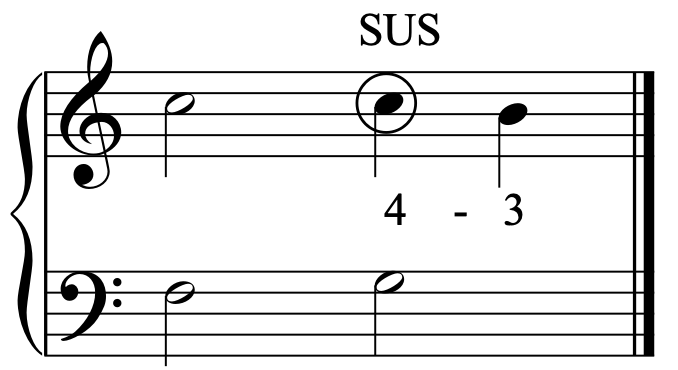
Retardation
This one is less commonly used, but it is another non-chord tone. Retardations are approached by the same note and resolved upward by step.
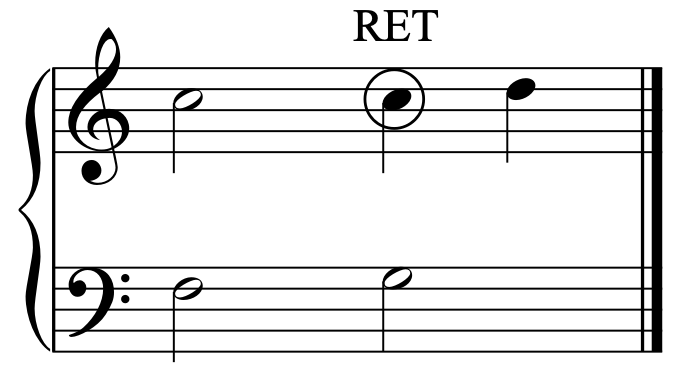
Appoggiatura
Appoggiaturas are approached by leap and resolved by step. They can resemble grace notes in your music, but they shouldn’t have the little line through them. Appoggiaturas are little notes that are longer than grace notes.
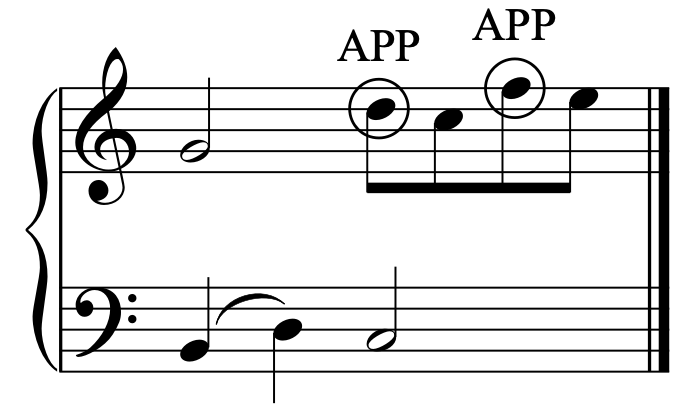
Escape Tones
Escape tones are approached by step and resolved by leap in the opposite direction. For example, moving from a C major chord to an F note (non-chord tone) and then leaping to another chord tone can create a lovely tension.
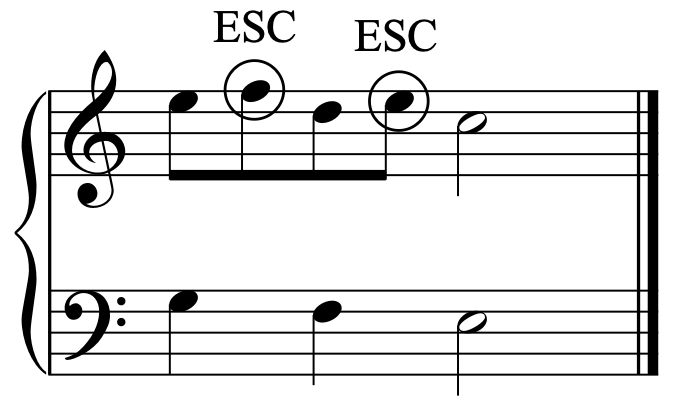
Anticipations
Anticipations, on the other hand, are approached by step and remain on the same note, creating a sense of expectation that resolves nicely into the next chord.
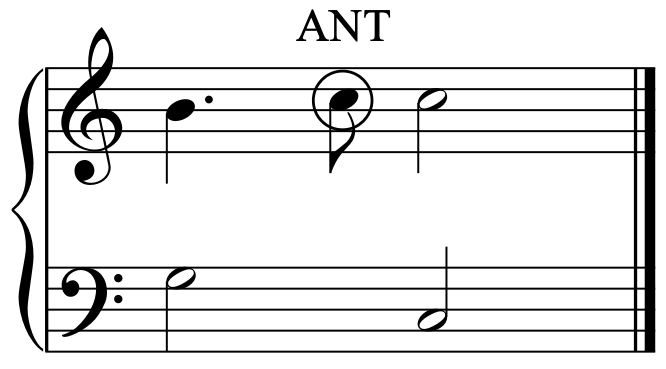
Pedal Point
Finally, let’s consider pedal point, which derives its name from the organ. An organist will push down a low pedal and leave it down while playing all sorts of harmonies above it. Some of the chords above will be part of the pedal tone harmony, and others will not. This creates a rich texture, enhancing the overall harmonic experience.
Putting It All Together
When analyzing your music, start by organizing the notes into thirds, keeping in mind that chords may be inverted. Look for notes that don’t fit the established harmonies—these are likely your non-chord tones. Understanding how these tones resolve back to the chord tones will illuminate the harmonic structure of your music. By recognizing and analyzing non-chord tones, you can appreciate their role in creating tension and beauty in your compositions. This process not only aids in performance but also enhances your overall musical understanding. If you have any other ideas about non-chord tones, leave them in the comments here at LivingPianos.com and on YouTube! I’m Robert Estrin here at LivingPianos.com, Your Online Piano Store.
For premium videos and exclusive content, you can join my Living Pianos Patreon channel! www.Patreon.com/RobertEstrin
Contact me if you are interested in private lessons. I have many resources for you! Robert@LivingPianos.com
One thought on “Mastering Non-Chord Tones: Unlocking Beautiful Harmonies”



As I commented on my E-mail, there are also accented passing tones, and double neighbor-tones.